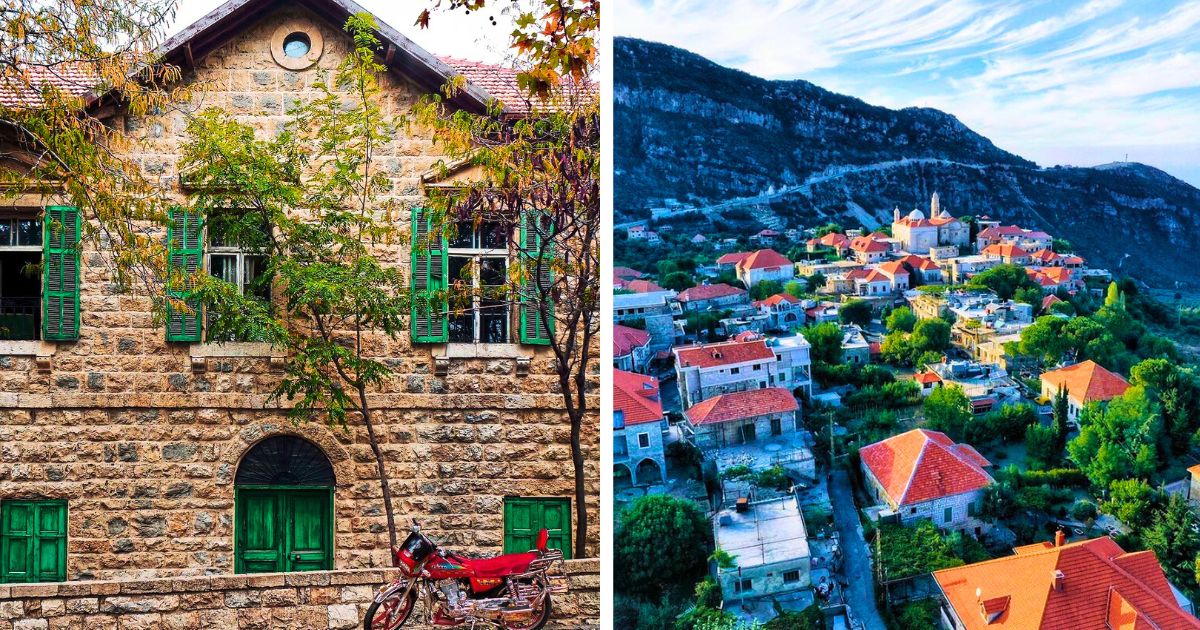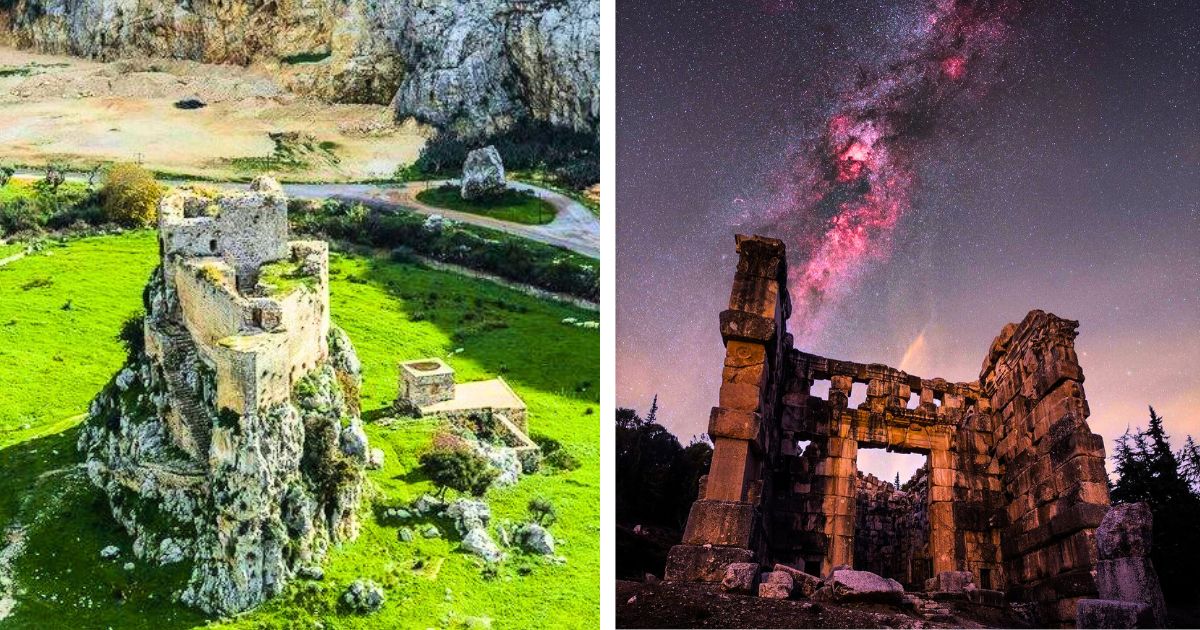“Yellow House” or the “Barakat Building” stands on the corner of Damascus street and Independence street.
It was built in 1924 by the Lebanese architect Youssef Afandi Aftimos. 8 years later (1932) the building was raised two further floors by the architect Fouad Kozah.
The name of the Yellow House comes from the ochre-colored sandstone used for its construction.
The Yellow House played an important part in the civil war due to its location on the former “green line”. It was used as a forward control post and sniper base from 1975 till the early ’90s.
The building got severely damaged. As if to forget and erase the past, the state decided it was time to destroy it.
Many Lebanese architects, among them Mona Hallak, strongly fought the decision of destruction. A debate on the preservation of the Lebanese heritage was then established.
Finally, in 1998, the building became the property of the municipality of Beirut and its destruction was cancelled.
In 2006, formalized by the signing of an expropriation decree, a rehabilitation project of the building was launched.
Under the terms of the expropriation decree, the Yellow House will be restored to accommodate:
– a museum
– a cultural and artistic meeting place
– a facility for archiving research and studies on the city of Beirut throughout history
– an urban planning office for the City of Beirut
– an underground car-park.
The project involves restoring the original house – while preserving the traces of time and war.
This allows it to highlight the unique character of the building and its evolution through the years – giving the building an architectural style that strikes a balance between heritage and modernity.
Today, the old “Yellow House” is “Beit Beirut – Museum and Urban Cultural Center.
Funded with an $18 million grant from Lebanese and French authorities, Beit Beirut was envisioned by its architects as the first memorial of its kind: a museum, archive and visitor center to commemorate the country’s civil war. ⠀
It has become a living cultural center, dedicated to the history of the city of Beirut since the 19th century.
Beit Beirut welcomes tourists and locals (no entry fees) and gives them the opportunity to learn more about the city and its history.

















